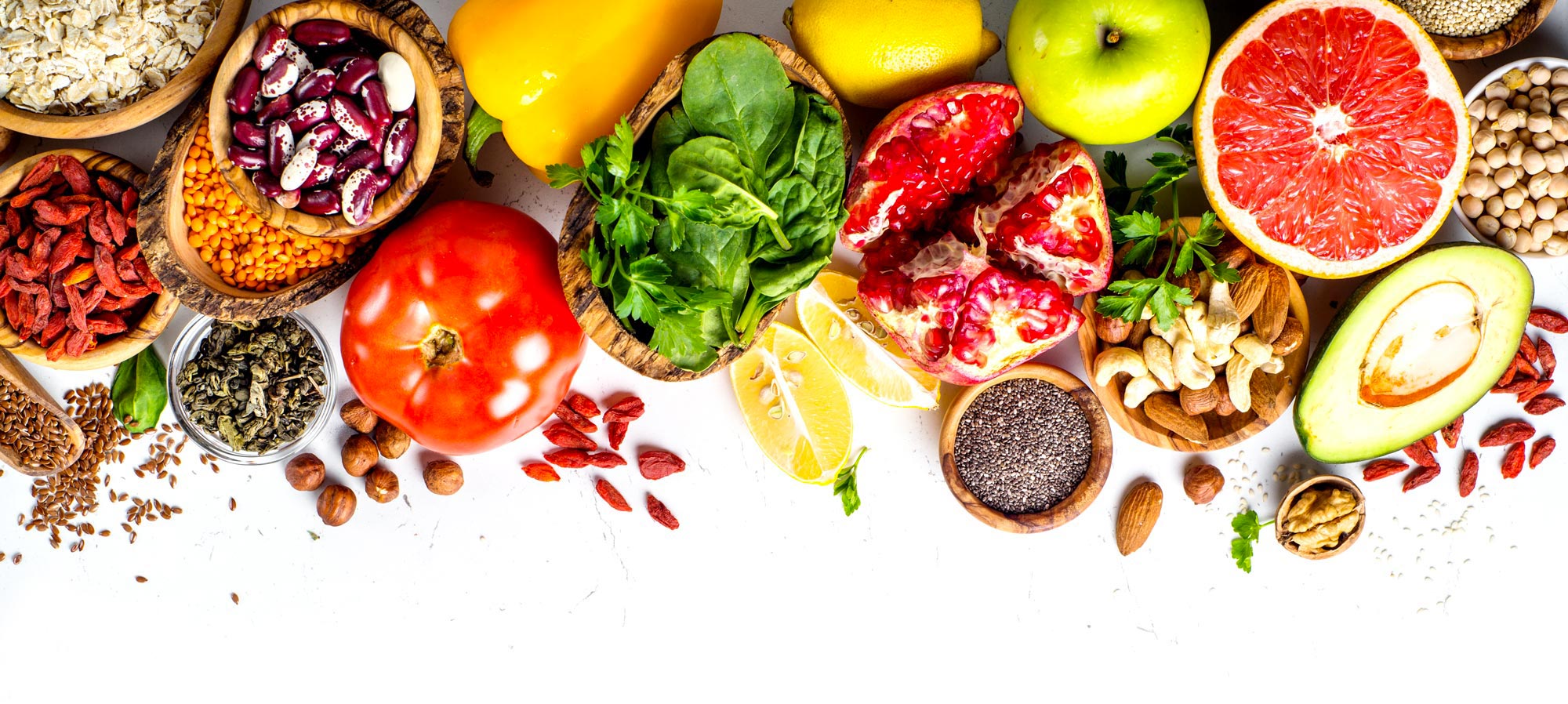I giovani che praticano sport mangiano meglio. Questa la conclusione di uno studio americano pubblicato sul Journal of the American Dietetic Association, il quale, nell’ambito del progetto Eating Among Teen, si è occupato di indagare sulle abitudini alimentari di quasi 5000 adolescenti.
I partecipanti sono stati suddivisi in gruppi in base al tipo di sport praticato e all’importanza che assume il peso: sport “peso-relativi” (ginnastica, pattinaggio sul gh“io, lotta), sport di squadra (calcio, football). Ai giovani è stato, inoltre, richiesto di compilare un questionario relativo alle abitudini alimentari basato, in particolare, sulla frequenza con cui consumavano pasti e snack e sull’introito energetico e nutritivo.
L’analisi delle risposte ha evidenziato che i giovani che praticano sport sono più attenti alla loro alimentazione, infatti hanno una maggiore abitudine a fare colazione e a non saltare i pasti. Inoltre, i giovani atleti hanno un maggior apporto di proteine, calcio, ferro e zinco rispetto ai coetanei meno sportivi.
ABSTRACT
Adolescents involved in weight-related and power team sports have better eating patterns and nutrient intakes than non-sport-involved adolescentsCroll JK, Neumark-Sztainer D, Story M, Wall M, Perry C, Harnack L
J Am Diet Assoc. 2006 May;106(5):709-17
OBJECTIVE: To examine eating habits and energy and nutrient intake among adolescents participating in weight-related and power team sports and non-sport-involved adolescents. DESIGN: Data were drawn from Project EAT (Eating Among Teens), which was conducted with 4,746 adolescents from 31 middle and high schools in the Minneapolis/St Paul metropolitan area. SETTING: Urban secondary schools. SUBJECTS: Adolescents reporting participation in a weight-related sport, a power team sport, or no consistent participation in a sport. MAIN OUTCOME MEASURES: Meal and snack frequency, mean energy and nutrient intake, and mean physical activity. STATISTICAL ANALYSES PERFORMED: Analyses were conducted by sex across the three groups. General linear models were used to compare mean energy and nutrient intake, composite nutrient adequacy, and mean physical activity across the three groups. Percentages of youth meeting nutrient recommendations were compared across the three groups using chi(2) tests. RESULTS: For both males and females, youth involved in weight-related sports ate breakfast more frequently than non-sport-involved peers (females: 3.6 and 3.2 times per week, respectively, P<0.01; males: 4.7 and 3.7 times per week, respectively, P<0.01). Weight-related and power team sport-involved youth also had higher mean protein, calcium, iron, and zinc intakes than non-sport-involved peers. However, adolescent females had low calcium intake, regardless of sports involvement (weight-related sports 1,091 mg/day, power team sports 1,070 mg/day, and non-sport-involved 1,028 mg/day, P<0.05). CONCLUSIONS: Sport-involved adolescents have better eating habits and nutrient intake than their non-sport-involved peers. However, they are still in need of nutrition interventions, particularly around calcium intake.


